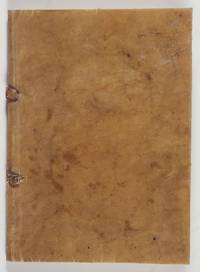first edition
1866 · Paris
by Lallemand, Charles; [Ludovico Wolfgang Hart]
Paris: Librarie du Petit Journal, 1866. First edition. 1/60. Quarto (27.3 by 23 cm). [8], 68 pp; 19 hand-colored albumen prints (approx. 10.5 by 8 cm; 1 mounted at main title, 18 mounted on unnumbered leaves of heavy card stock with serpentines). Main title, secondary series title dated 1865 (each in red and black); 2 half-titles. Text in French. Publisher's purple pebbled cloth with gilt title at front cover (lightly rubbed at extremities); all edges gilt. Faint foxing throughout; prints nearly fine, with bright colors. Complete with all 18 prints (and one additional) noted in the publisher's list.
First edition of this early series of hand-colored (truncated)
First edition of this early series of hand-colored (truncated)
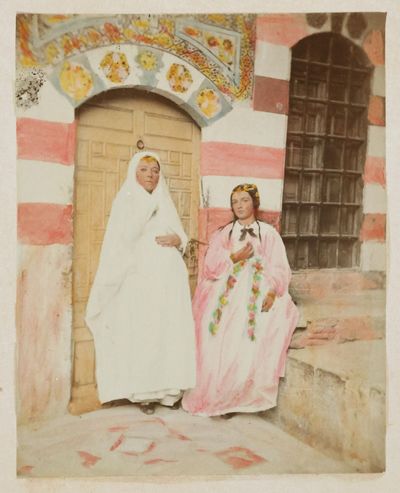

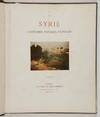
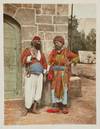
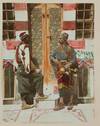
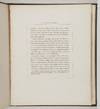


![Precationes Hebraicae (Hebrew Blessings) [AND] Tractatulus, ex libello Hebraico excerptus cui nomen est Sefer Emunah (A Small Treatise Excepted from a Hebrew Book Entitled, Sefer Emunah, that is the Book of Faith) [CONTEMPORARY ENTRY OF JOHN MORRIS, REGIUS PROFESSOR OF HEBREW AT OXFORD]](https://d3525k1ryd2155.cloudfront.net/h/697/448/1694448697.0.m.jpg)
